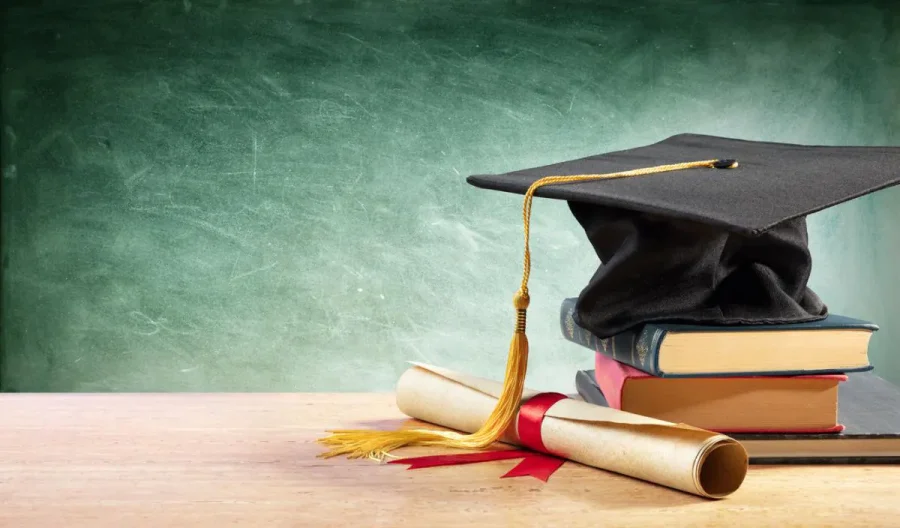As recent years witnessed a clear decline in education standards at the government run institutions, respective provincial governments opted for alternate measures to keep up the pace of quality education.
With some of the known educational institutions in the private sector already earning laurels in the area, the governments are also struggling for a matching response through out of box solutions. A recent decision by caretaker Punjab government to shift control of 1000 public-sector schools to a non-governmental organization (NGO) is a clear manifestation of this approach. But, the same time, this initiative is also reflective of a malady that the provincial education system is suffering from chronic shortcomings in financial, administrative and academic domains. The challenge of freeing the provincial education system from the clutches of inefficiency is not new as the previous governments also handed over thousands of schools to NGOs under Punjab Education Initiative Management Authority (PEIMA) in 2015. Paid by the government, these organizations improved education quality and facilities at different urban and rural areas schools besides luring a large number of out of school children back to these institutions. These measures also reflect desperateness of the governments to grapple with declining education quality at public-sector institutions. Education quality was at decline at both the public and private educational institutions, claimed Prof. Abid Sherwani, Director General (DG) University of Management and Technology (UMT). Decline in all fields of life including economy, politics, monetary and value system had also impacted quality of education. Being critical of the conduct of both the students and teachers, he recommended to improve performance of administrative as well as professional side of the education system. We need strict regulations and their implementation and a specific criterion to run the educational institutions. Describing budgetary allocations for education sector as nominal, Prof. Sherwani remarked, when we put the education on back burner, its quality would definitely suffer. Though the quality of education was a bit better at colleges and universities, yet incapacity and disinterest of teachers, corrupt and weak administrative set-ups, bureaucratic indifference and lack of political will keeps haunting the public sector primary and secondary level institutions. Lack of capacity-building initiatives and infrastructural facilities, temporary appointment of teachers, poor attendance of teachers and students and missing facilities at institutions are other factors detrimental to education quality. Lack of qualified faculty is enormously impacting quality of education at our institutions, said Former Deputy Secretary Planning at Punjab Higher Education Department (PHED) Prof. Ashfaq Bokhari.
Imbalance in demand and supply in academia linkages market for lower and upper level institutions, is another factor behind poor education quality. Referring to lacunae in appointment of regular Vice Chancellors (VCs) at public sector universities, Prof. Bokhari said improper process practiced for VCs appointment was weakening academic.










